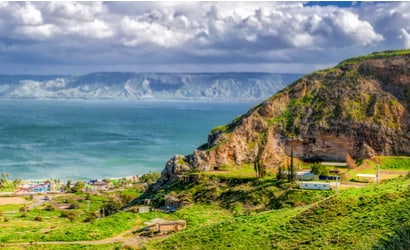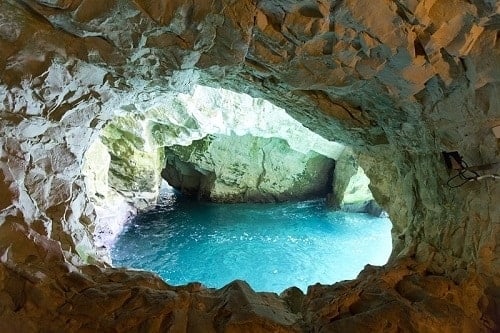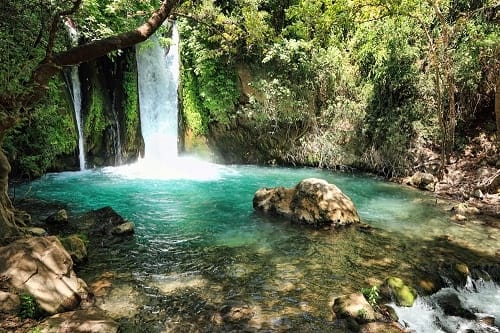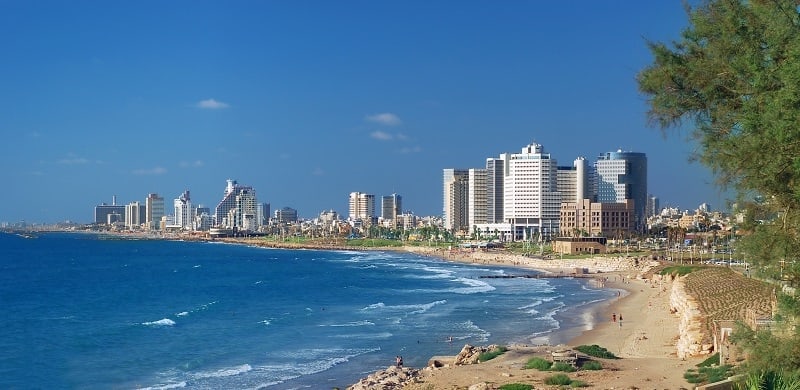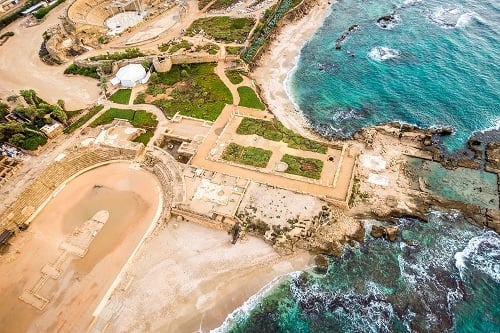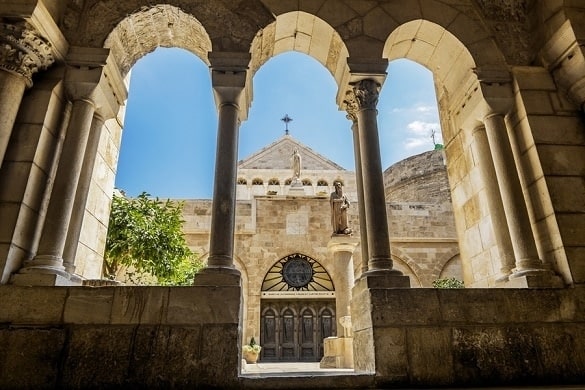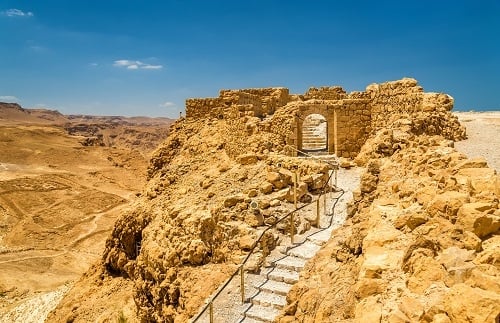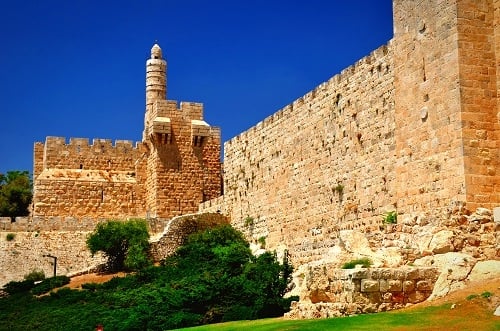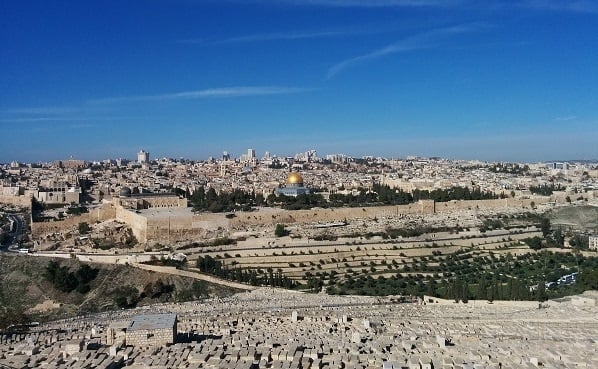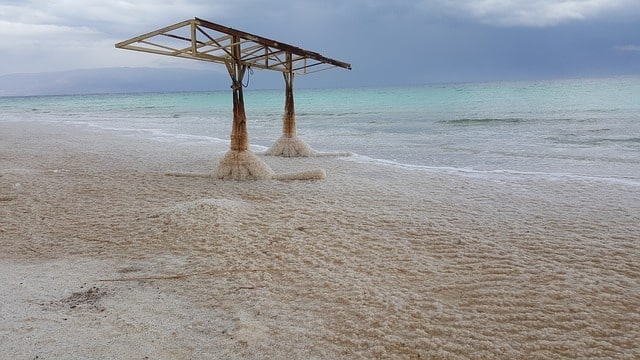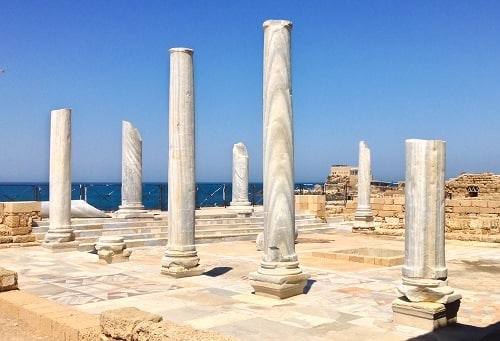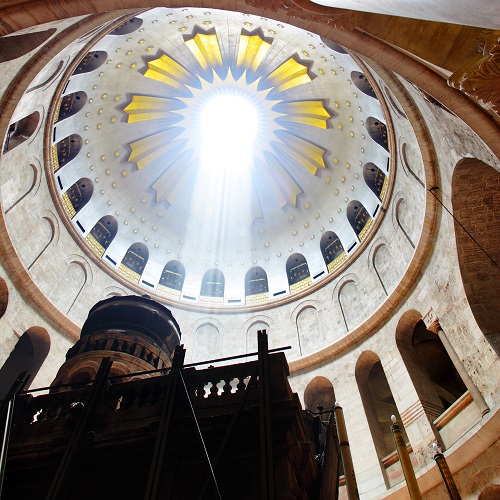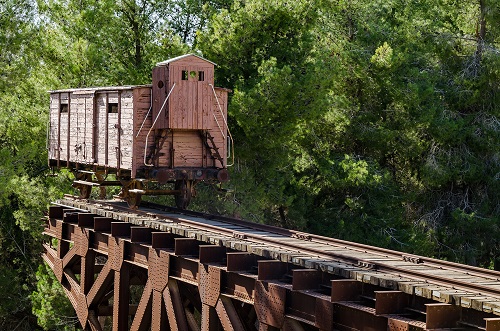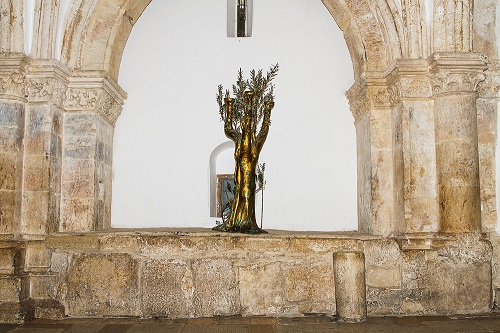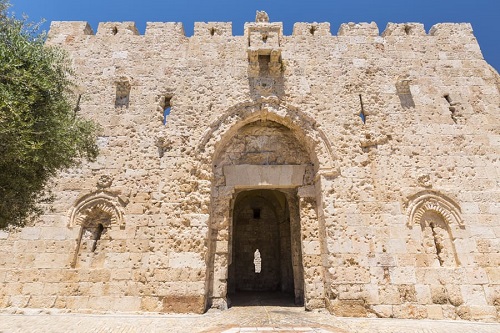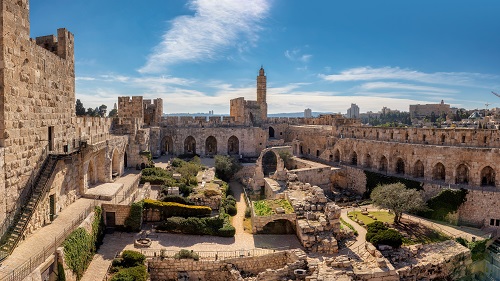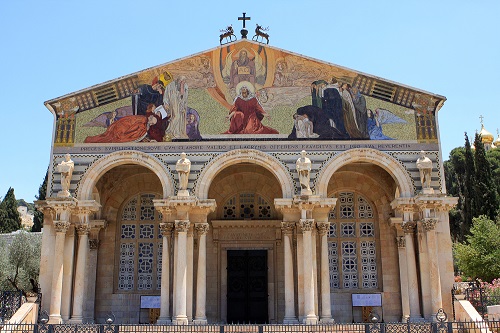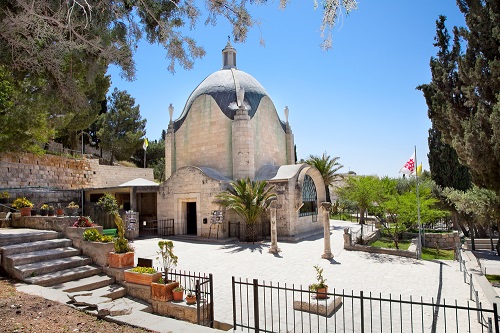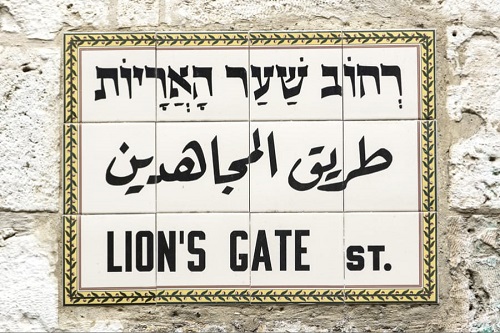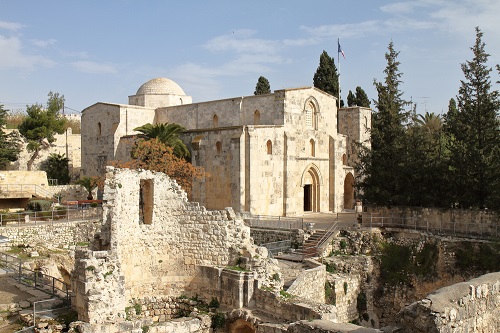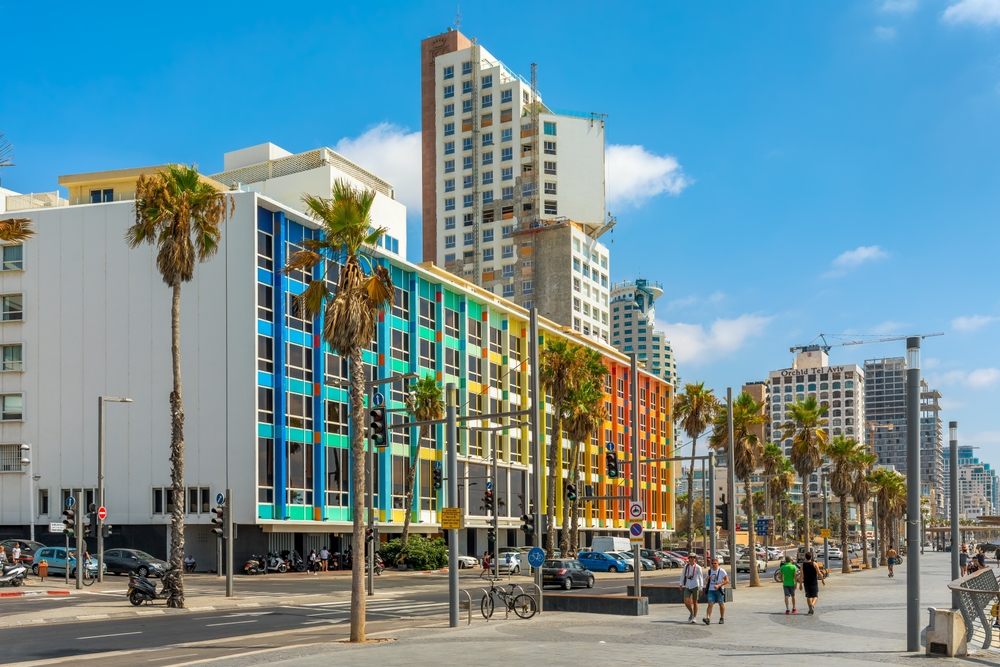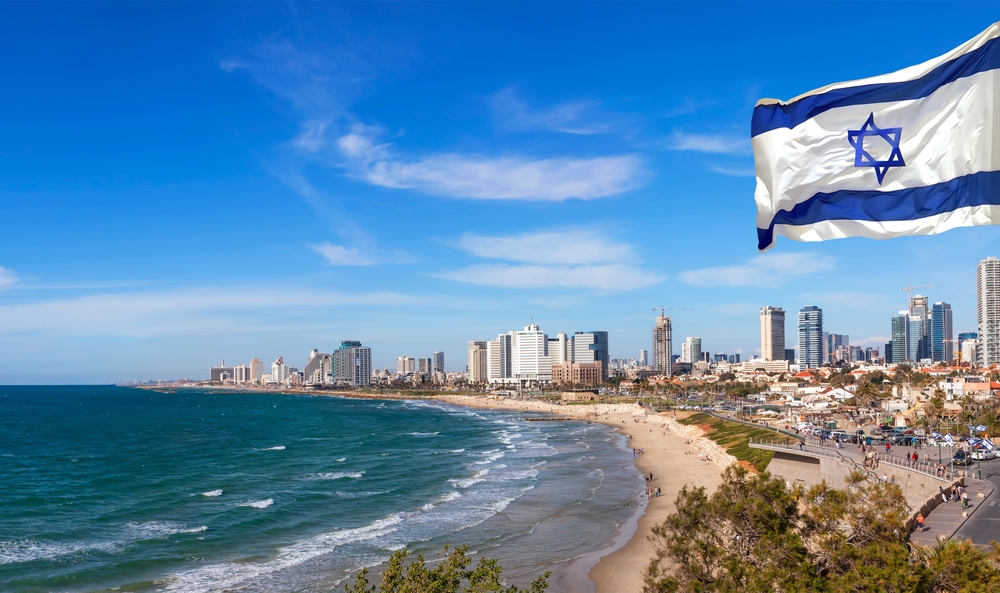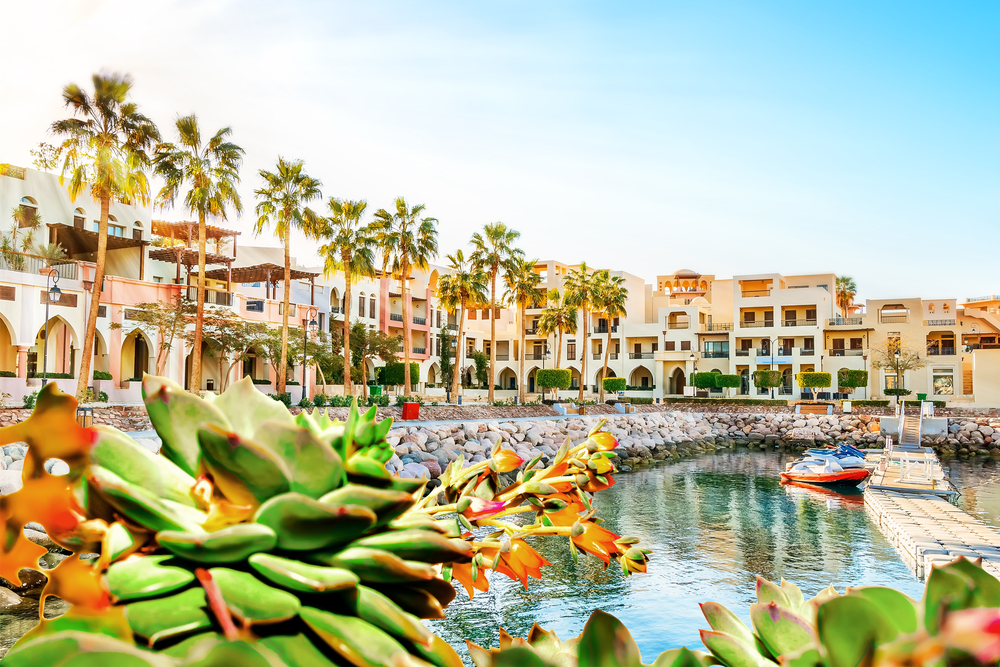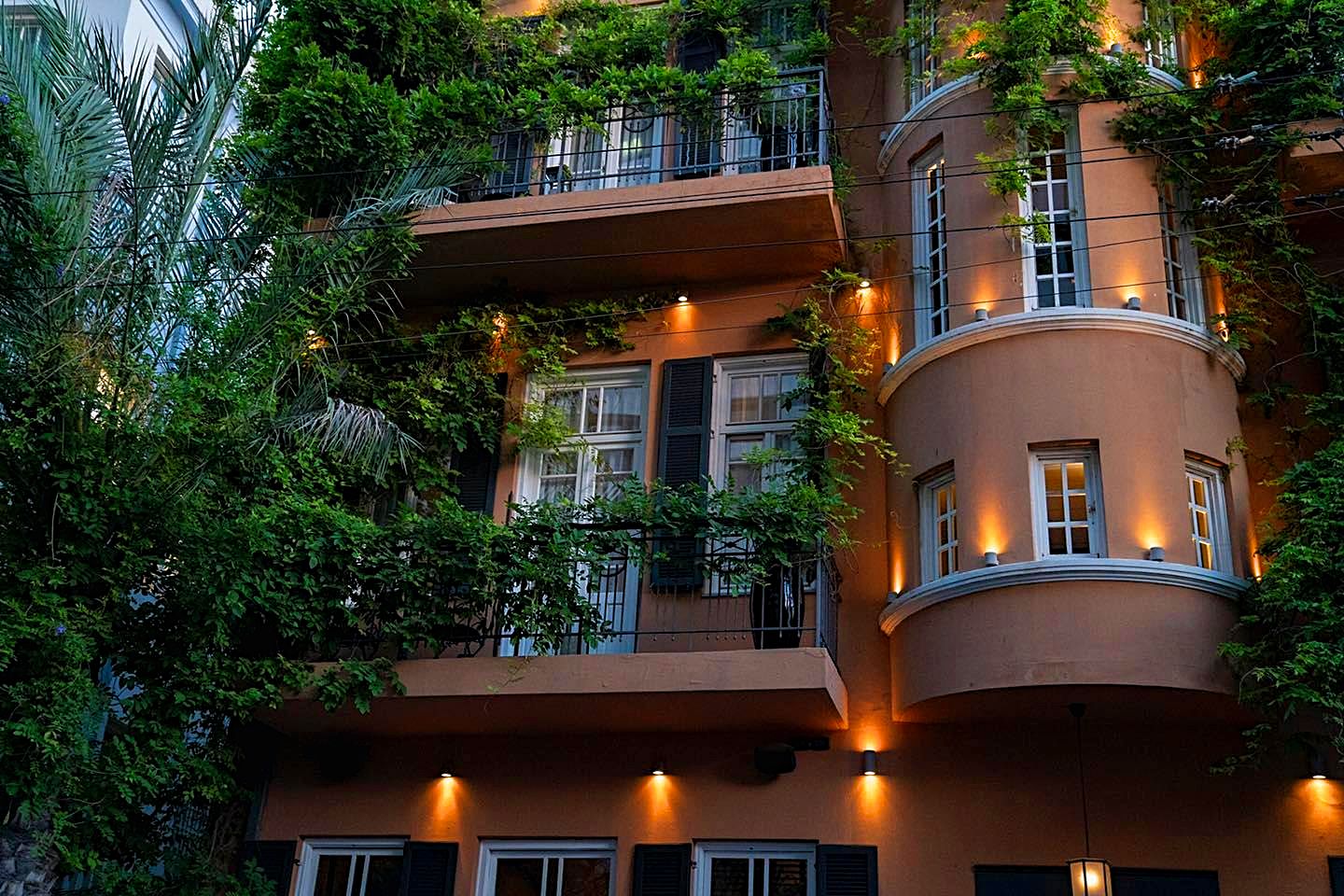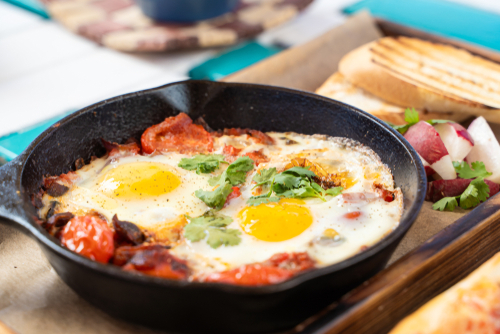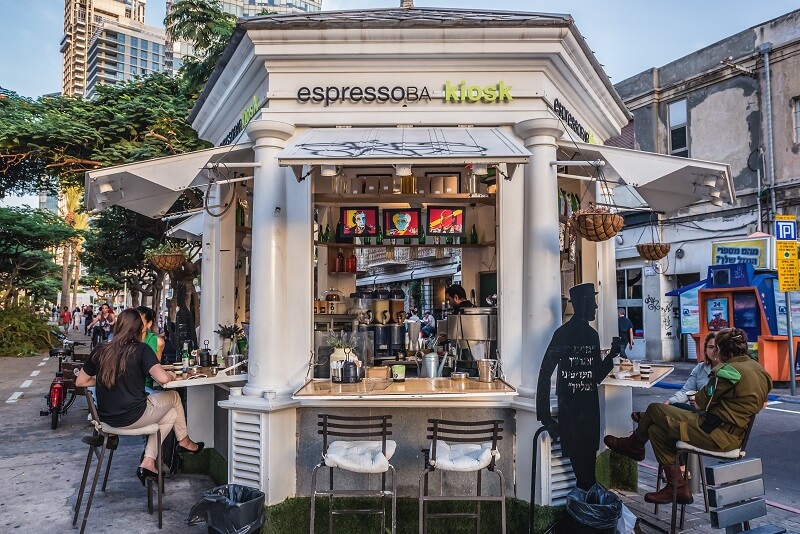Ultimate Packing Guide for Israel: What to Bring for Your Trip
So, you’ve booked your ticket to Israel—congratulations on your upcoming adventure! Whether it's your first time or you're a seasoned traveler, packing for Israel can be a bit of a challenge. With its diverse landscapes, varying climates, and rich cultural tapestry, you’ll want to be well-prepared. Below, we've compiled an ultimate checklist that will cover all your bases, ensuring you have everything you need for a comfortable, enjoyable, and safe trip.What to Pack for IsraelPacking for Israel can be both exciting and challenging. With its rich cultural heritage, diverse landscapes, and varying climates, the country offers something for every traveler. From exploring ancient historical sites to enjoying the modern vibe of Tel Aviv, your packing list should reflect the diversity of experiences that await you. Whether you’re planning to hike in the Negev Desert, float in the Dead Sea, or wander through the bustling streets of Jerusalem, this guide will ensure you’re well-prepared for any adventure. Let’s dive into the essentials you need to bring for an unforgettable trip to Israel.View of ancient walls, Tower of David, and urban road in Jerusalem1. Essential DocumentsYour passport is a must-have, but don’t forget to also bring copies of important documents such as your medical insurance, travel insurance, and any necessary visas. If you're on prescription medication, carry a copy of your prescriptions. It's wise to have digital copies stored securely online and leave a set with a trusted person back home. Keep a physical copy of your passport in your suitcase in case you lose the original. For added security, store the original passport in your hotel safe unless you need it for a border crossing or a tour, like the Petra tour from Israel.Don't forget your passport!2. Sun ProtectionIsrael is a sunny country, with hot summers and mild winters, especially in the desert areas. Whether you’re visiting in summer or winter, sun protection is crucial. Pack a wide-brimmed hat, high-SPF sunscreen, aftersun (like aloe vera), and quality sunglasses. Even in winter, the sun in places like Eilat can be intense. If you run out, rest assured you can find these items at local pharmacies, though they might be pricier than at home.Sun Protection3. Season-Appropriate ClothingThe clothing you pack will depend largely on the season and your itinerary. For summer, bring light, breathable fabrics like cotton or linen, along with sandals, shorts, and swimsuits. If you’re visiting in winter, especially in Jerusalem, the Golan Heights, or the Negev desert, pack warm layers, including a coat, gloves, hat, and scarf. Dressing in layers is essential as temperatures can vary greatly throughout the day.Regardless of the season, if you plan to visit religious sites, pack modest clothing—long pants or skirts, tops that cover the shoulders, and a scarf for women to cover their heads if needed. For men, a kippah (Jewish skullcap) is often provided at synagogues, but having a small hat is a good backup.Snowy Jerusalem in winter4. Sturdy ShoesComfortable, sturdy shoes are essential, especially if you plan on exploring Israel’s historical sites, national parks, or the rugged terrain of the Negev desert. Sneakers or supportive sandals are fine for city exploring, but if you’re hiking or trekking, consider packing proper hiking boots.A backpacker taking in a scenic desert landscape in the Negev, Israel5. Reusable Water BottleStaying hydrated in Israel is crucial, particularly in the summer when temperatures soar. Carry a reusable water bottle that you can refill at the many water fountains available throughout the country. Tap water in Israel is safe to drink, so take advantage of it and avoid buying plastic bottles.Tap water in Israel is safe to drink6. Devices, Gadgets, and ChargersIn our digital age, staying connected is vital. Bring your smartphone, tablet, and camera, along with their chargers and possibly a power bank for long days out. Don’t forget an electrical converter if your devices require one. Download useful travel apps for navigation, currency conversion, and language translation before you leave.Powerbank, one of the essential gadgets for every trip7. Basic First Aid Kit and Prescription MedicationsWhile Israel has excellent healthcare facilities and pharmacies where English is commonly spoken, it’s still a good idea to bring a basic first aid kit. Include items like pain relievers, antiseptic cream, band-aids, antihistamines, and any personal medications. Sunscreen and aftersun are must-haves, especially during the hotter months, but these can be quite expensive locally, so consider bringing your own.First aid kit8. Comfortable and Modest ClothingIn Israel, casual attire is the norm, even at many fine dining establishments. However, when visiting religious sites, modest clothing is required. Pack a large hat, T-shirts, light trousers or shorts, and breathable fabrics for summer. Women should consider a lightweight dress or skirt that covers the knees, particularly in Jerusalem and other religious areas.9. A Good Book or TwoWhether for the plane ride or some downtime, pack a good book. Consider picking up something with a local flavor—perhaps a novel by Amos Oz or Etgar Keret, or a historical account by Tom Segev. You’ll find plenty of English-language books available in Israel, especially in larger cities.10. Swimsuit or Swim TrunksIsrael’s beaches, the Mediterranean beach, the Dead Sea, the Red Sea, and the Sea of Galilee all offer opportunities to swim, so don’t forget your swimsuit. You can even treat yourself to swimwear from Gottex, a luxury Israeli brand.People sunbathe on the beach next to the Hilton Hotel in Tel AvivAdditional Tips for Packing for IsraelTravel Light but Smart: If you’re staying in major cities, consider packing light and shopping locally. However, for trips to rural or desert areas, come fully prepared.Plan for Weather Variations: Israel’s weather can be unpredictable, especially in the winter, so be prepared for both warm sunny days and cooler evenings.Stay Hydrated: Always keep your water bottle full, particularly if you’re spending time in the sun.By following this guide, you’ll be well-prepared for an unforgettable experience in Israel. Pack wisely, respect local customs, and enjoy the rich culture, history, and natural beauty that Israel has to offer. Safe travels!
